
This week, U.S. immigration authorities conducted widespread raids in the agricultural heartland of California, detaining hundreds of farmworkers in fields and food processing plants.
Those actions have sent shockwaves through the food industry and raised critical questions about the ripple effect on grocery costs and food access across the country.
As immigrants make up the majority of the United States’ farm labor force, the impact of such raids goes far beyond the fields, potentially reaching every American household’s dinner table.
Why It’s Happening: Policy Meets the Produce Aisle
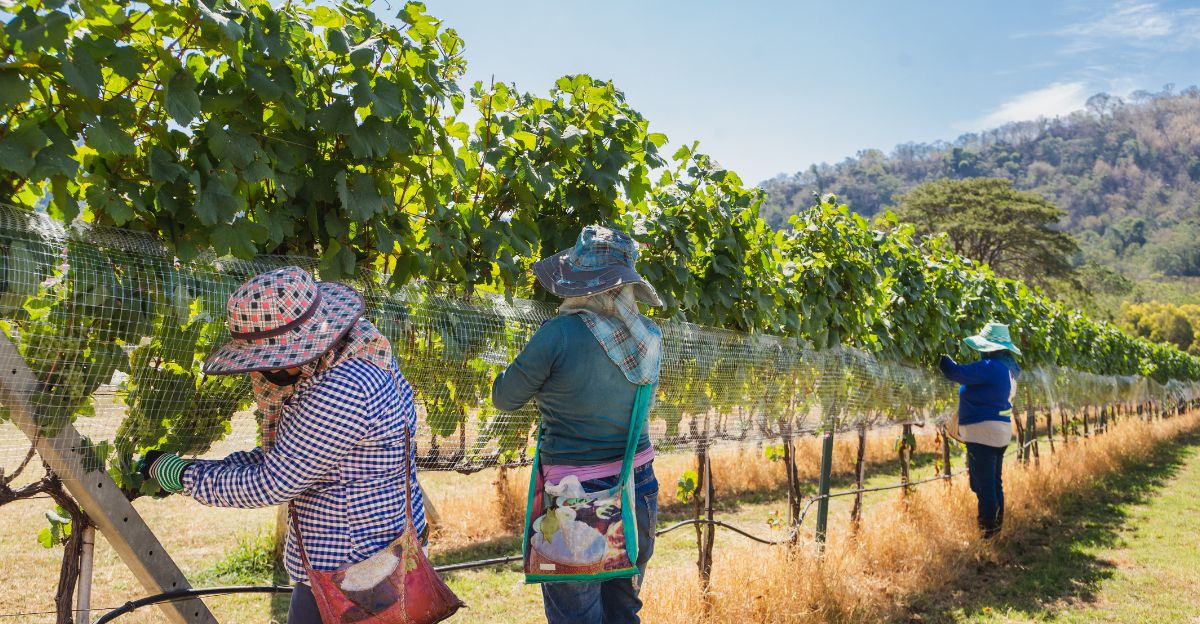
The intensified enforcement is part of a broader federal crackdown on undocumented labor, with ICE now targeting farms, packing facilities, and even small meatpacking plants in states like California, Nebraska, and New Mexico.
Officials say they are enforcing immigration laws, while opponents say such raids disturb vital industries that rely on immigrant labor.
Many agricultural employers argue that these jobs are challenging to fill with domestic workers, making the industry particularly vulnerable to sudden labor shortages.
Grocery Stores Brace for Empty Shelves and Price Surges
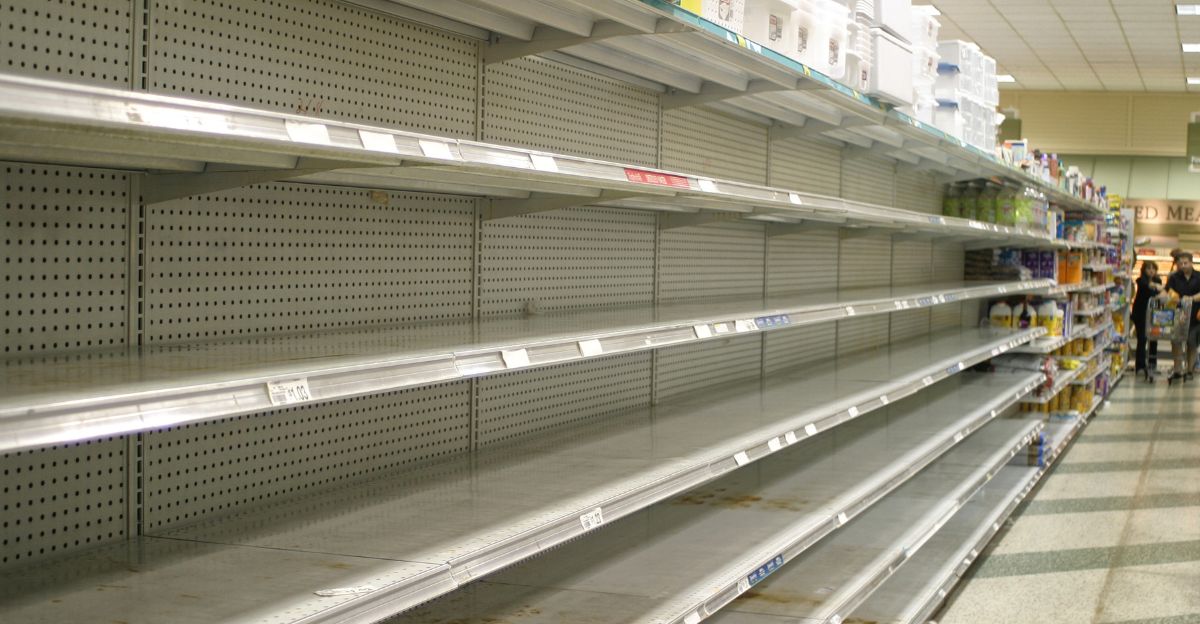
Consumers will probably see an immediate difference at the grocery store. With fewer workers available to harvest, process, and pack produce, supply bottlenecks are expected.
Though some industry experts warn that price hikes and product shortages are only the beginning, depriving stores of popular goods will lead to fewer selections and smaller portions at more expensive prices, and higher costs will soon be passed on to shoppers.
Already, farmworkers’ fear and uncertainty have resulted in missed harvests and delayed shipments, suggesting that higher grocery bills may not be far off.
Fast Food Chains and Restaurants Adapt

The impact doesn’t end in the supermarkets. Fast food chains and restaurants, which depend in many cases on immigrant labor both in food preparation and in supplying the ingredients, are being forced to adapt.
Some chains might shrink their menus, reduce portion sizes, or hike prices to offset rising costs and product shortages.
The changes could further reshape the way Americans eat, grappling with fewer choices and more expensive meals.
Substitutes and Alternatives See a Surge
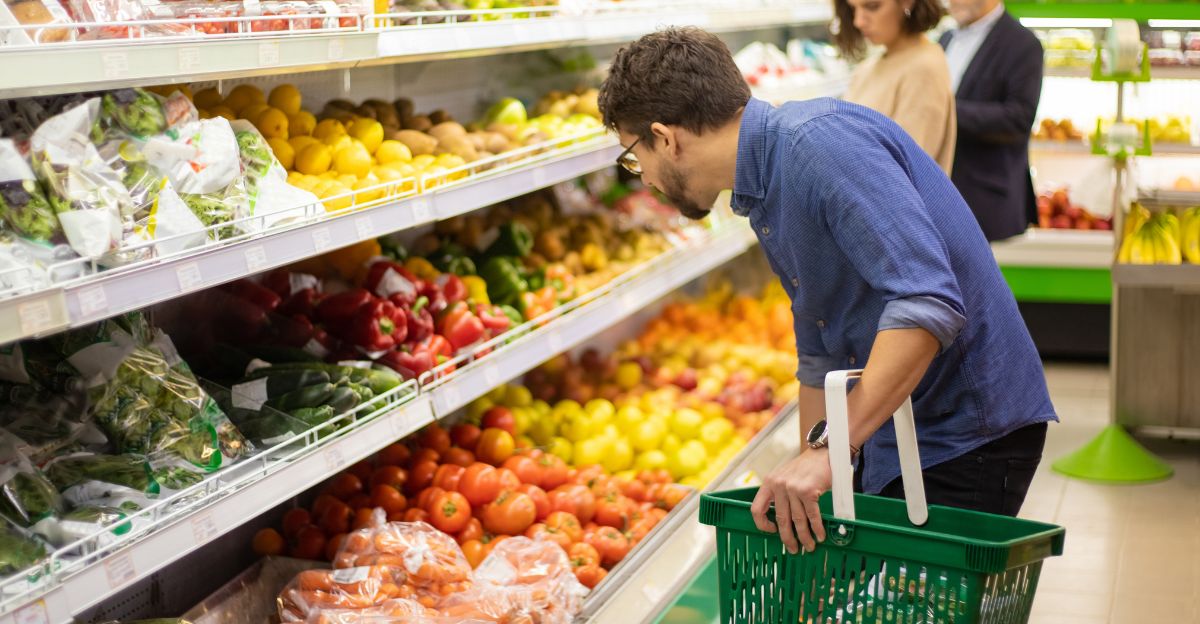
As fresh produce and some meats become more scarce, consumers may seek out alternatives such as frozen and canned products or plant proteins.
However, these sectors are not immune; supply chains for substitutes also rely on the same labor pool or face their own bottlenecks.
The increased demand for alternatives could also raise their prices, compounding the overall rise in grocery costs.
Global Trade Faces New Uncertainties
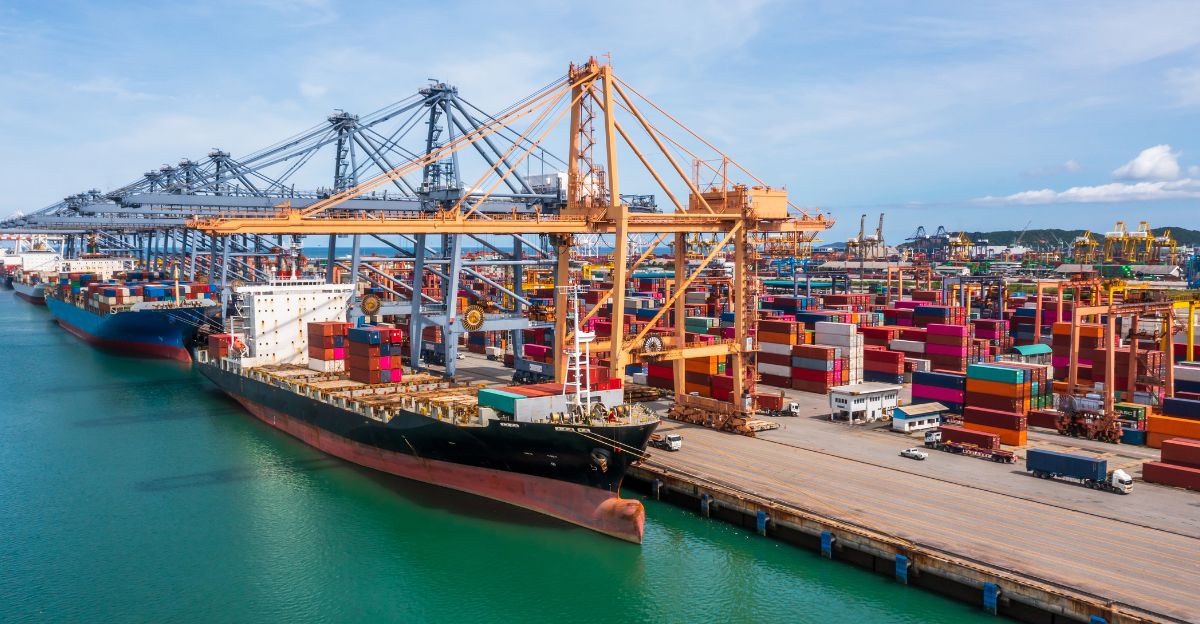
The U.S. is a major exporter of agricultural products, and disruptions in domestic production is felt around the globe.
With labor shortages threatening harvests, foreign buyers could seek supplies elsewhere and redirect purchasing habits, and the United States could lose its edge in global food markets.
The impact on farmers and exporters could be felt far into the future, as could the impact on international food prices.
Farmers and Ranchers Sound the Alarm
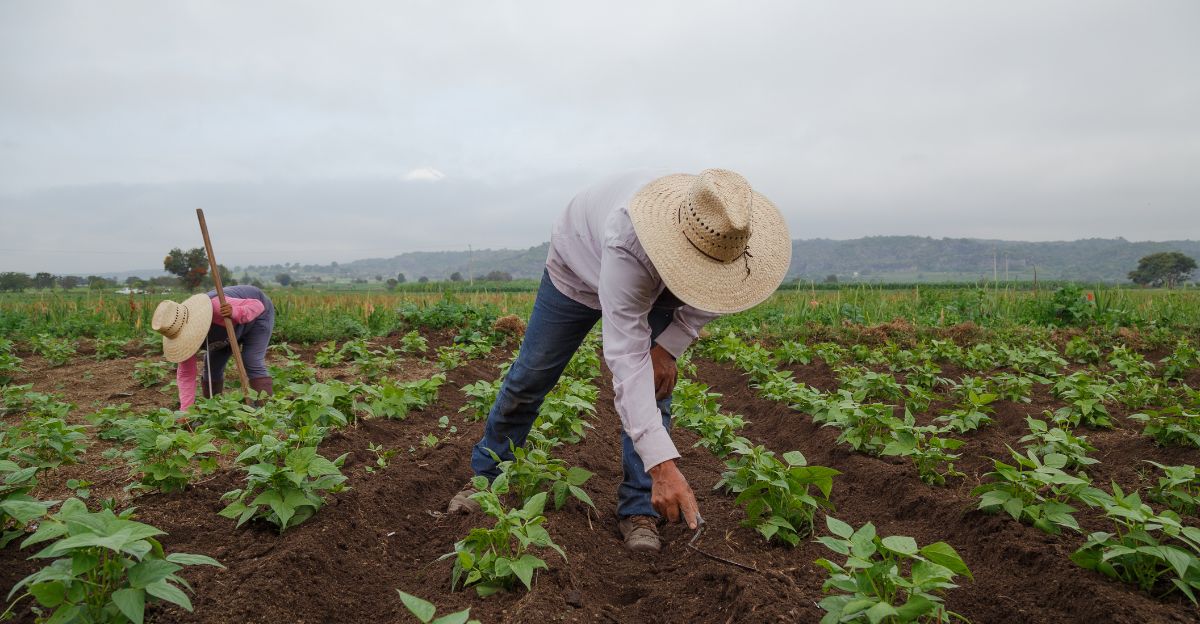
On the ground, farmers are warning that the current crisis could inflict lasting damage. Producers say that losing their experienced workers puts not only this season’s crops at risk, but also the future of their businesses.
Some farmers are shutting their gates and restricting access to protect their workers, while others fear that ongoing enforcement will make it impossible to recruit the labor needed for future planting and harvests.
Political and Policy Responses Intensify

The raids have sparked a fierce political backlash, with state and local officials in California and around the country demanding an end to what they describe as indiscriminate and disruptive enforcement operations.
As calls for federal intervention or subsidies grow louder, lawsuits have been filed, and emergency requests for relief have been made.
The situation has reignited debates over immigration reform, labor policy, and federal overreach into local businesses.
How to Navigate the Uncertainty

Shoppers concerned about rising grocery costs can take practical steps to cushion the impact. Experts advise stocking up, freezing, and finding other protein options while prices remain relatively stable.
Observing local supply conditions and supporting community food programs can also help families manage through the turbulence.
Will Grocery Costs Skyrocket?
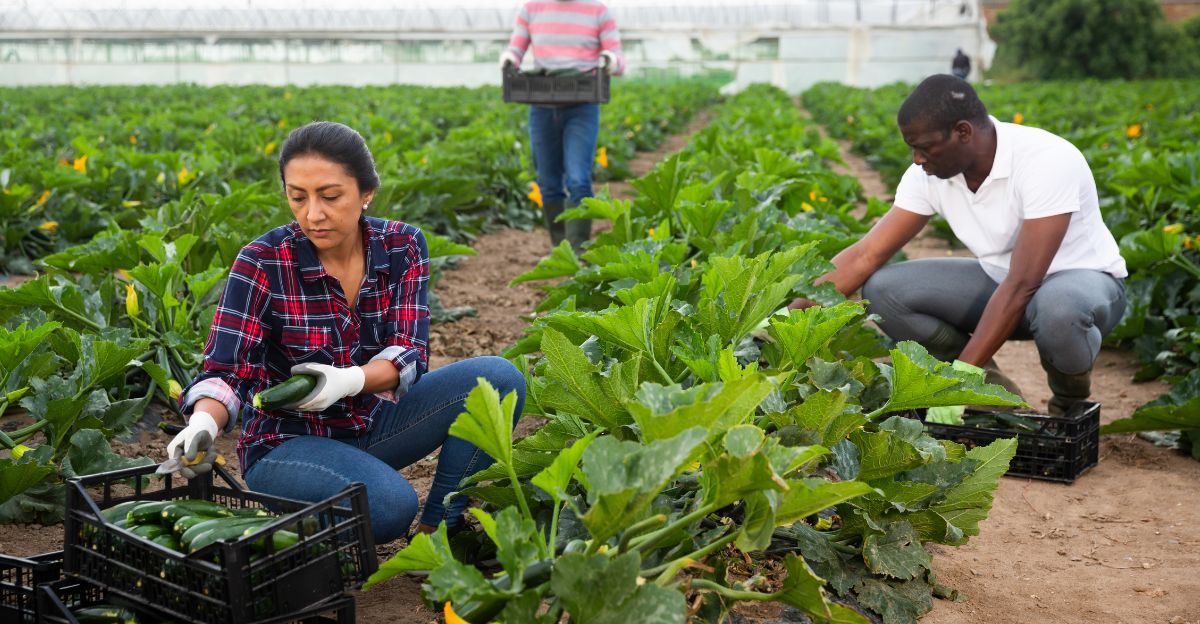
Given the central role that immigrant labor plays in American agriculture, the enforcement surge is likely to raise the price of groceries, perhaps by as much as 10%, according to some studies.
The ripple effects of these raids are already being felt, from open fields to anxious consumers. As the situation unfolds, what began as a policy decision in the fields may soon be felt in every American kitchen, reshaping not just grocery bills but the entire food landscape.
Discover more trending stories and Follow us to keep inspiration flowing to your feed!

Craving more home and lifestyle inspiration? Hit Follow to keep the creativity flowing, and let us know your thoughts in the comments below!
